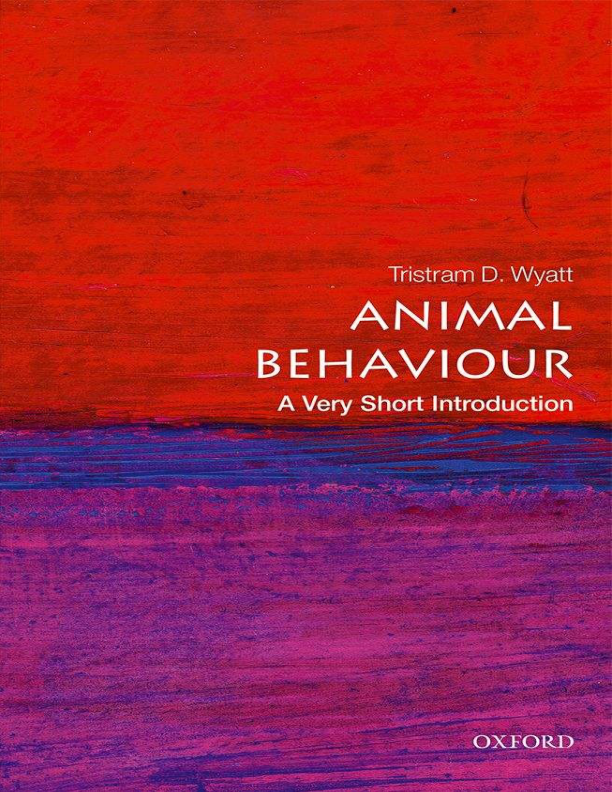How animals behave is crucial to their survival and reproduction. The application of new molecular tools such as DNA fingerprinting and genomics is causing a revolution in the study of animal behavior, while developments in computing and image analysis allow us to investigate behavior in ways never previously possible. By combining these with the traditional methods of observation and experiments, we are now learning more about animal behavior than ever before. In this Very Short Introduction Tristram D. Wyatt discusses how animal behavior has evolved, how behaviors develop in each individual (considering the interplay of genes, epigenetics, and experience), how we can understand animal societies, and how we can explain collective behavior such as swirling flocks of starlings. Using lab and field studies from across the animal kingdom, he analyzes what drives behavior, and explores instinct, learning, and culture. Looking more widely at behavioral ecology, he also considers some aspects of human behavior
 کتاب سل Ketab Sell | کتاب سل، بزرگترین منبع کتاب و جزوههای دانشجویی
کتاب سل Ketab Sell | کتاب سل، بزرگترین منبع کتاب و جزوههای دانشجویی









Reviews
There are no reviews yet.